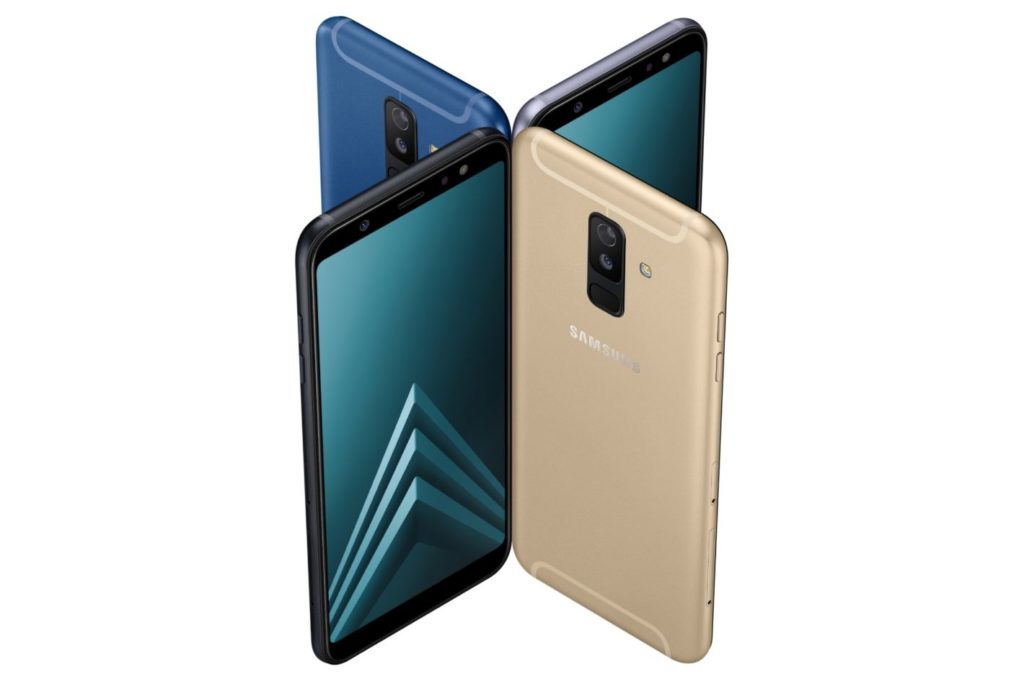 Samsung promised quarterly Android updates for the Galaxy A6 and Galaxy A6 Plus, its latest two mid-range smartphones announced earlier this month. The pledge has been made as part of an update to the Samsung Mobile Security service which now lists the new Galaxy A6 series as following the same firmware roadmap attached to the Galaxy A3 (2017), Galaxy A7 (2017), and the Galaxy Tab Active2, among other products from the South Korean company. While Samsung listed over a dozen of its Android devices as currently being updated on a quarterly basis, the actual timing of all new software packages meant to hit those models will vary depending on the region and other factors.
Samsung promised quarterly Android updates for the Galaxy A6 and Galaxy A6 Plus, its latest two mid-range smartphones announced earlier this month. The pledge has been made as part of an update to the Samsung Mobile Security service which now lists the new Galaxy A6 series as following the same firmware roadmap attached to the Galaxy A3 (2017), Galaxy A7 (2017), and the Galaxy Tab Active2, among other products from the South Korean company. While Samsung listed over a dozen of its Android devices as currently being updated on a quarterly basis, the actual timing of all new software packages meant to hit those models will vary depending on the region and other factors.
Over-the-air firmware rollouts can also sometimes take months to be deployed globally so while Samsung is now guaranteeing quarterly Galaxy A6 and Galaxy A6 Plus updates, it remains to be seen how long will the tech giant take to develop and distribute the next OTA package for its new Android mid-rangers. Samsung has recently been streamlining its smartphone update policy that even got it sued and is now clearly communicating what kind of software support users can expect after buying any product from its vast mobile portfolio. All high-end offerings such as the recently released Galaxy S9, Galaxy S9 Plus, and the Galaxy Note 8 come with a guarantee of monthly patches and fixes, whereas the majority of mid-rangers are placed on a quarterly update cycle.
Entry-level handsets from Samsung still aren’t offered along with specific software upgrade promises but most of them receive several security fixes per year and make at least one jump between major OS builds. The situation may improve moving forward as all devices running Android 8.0 Oreo out of the box come with support for Google’s Project Treble, a new software framework that separates the base OS code from vendor-specific implementations, making the process of developing and testing updates significantly faster, at least in theory. Project Treble is the main reason why the second developer preview of Android P is now available for over half a dozen non-Google smartphones, including flagship offerings from Sony and OnePlus, thus being the first experimental OS build offered on third-party handsets alongside those from Google in the history of Android.























